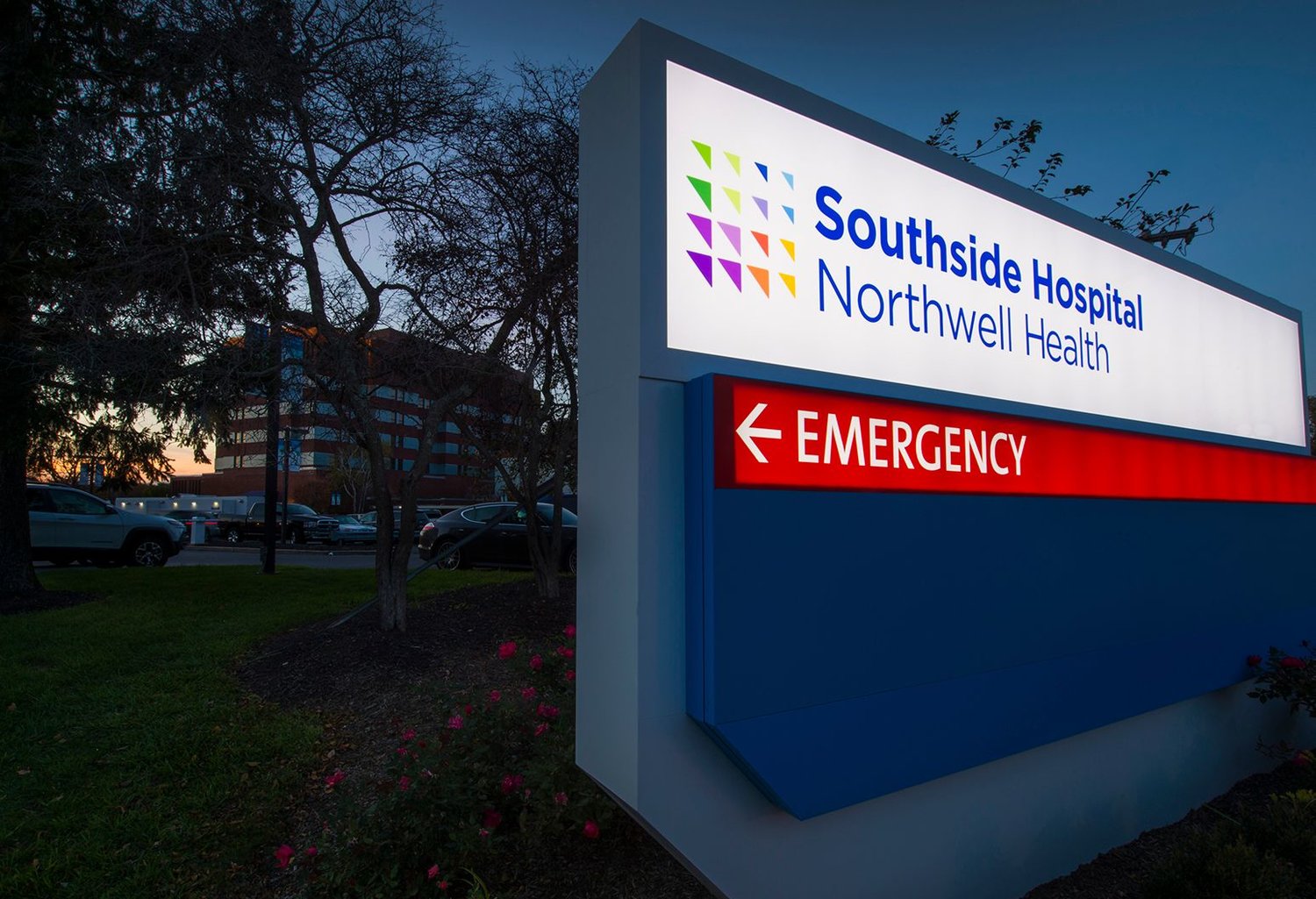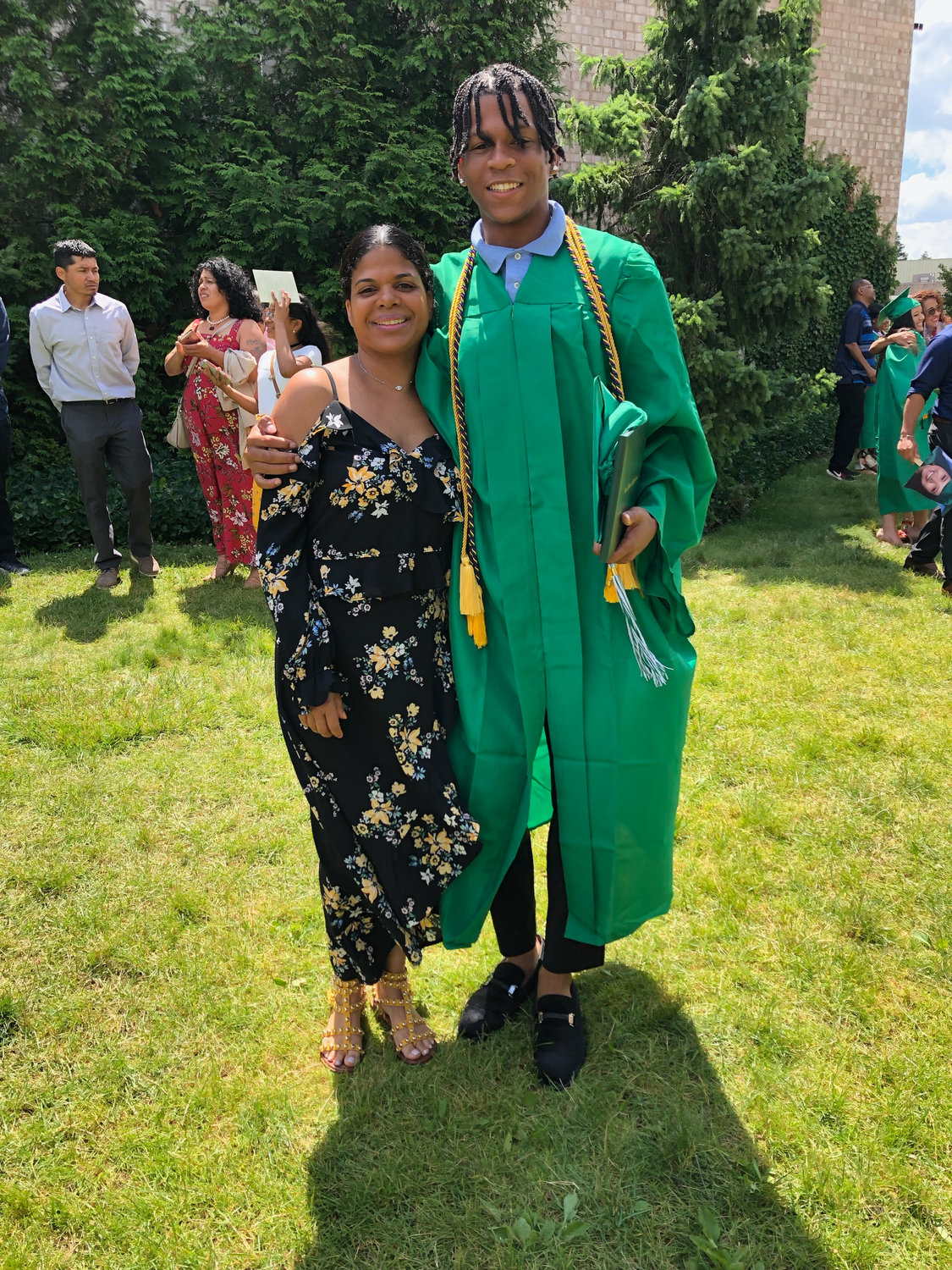A call for more black blood donors
V.S. family speaks about living with sickle cell anemia

September is Sickle Cell Anemia Awareness Month. When most children were jumping into swimming pools over the summer, or ice-skating in the winter, Valley Streamer Solomon Richards spent his adolescent and teen years in and out of hospitals, being treated for his sickle cell anemia.
“Sickle cell anemia crisis mode feels like little sharp needles are stabbing my skin over and over again,” Richards said, recalling a time when he jumped into a cold pool and had an adverse reaction due to the disease. “When you have sickle cell anemia, crisis mode can happen at any point in time and at any place in the body.”
The disorder is a chronic and potentially fatal hereditary blood disease in which the body’s red blood cells become crescent-shaped, snag inside blood vessels and create painful clots. Richards, 18, a computer science student at University at Buffalo, had to undergo two blood transfusions as a result of it, and the crises he spoke of occurs when various factors cause the sickle cells to clot throughout the blood stream, causing excruciating pain. The disease affects people of sub-Saharan African descent at higher rates than others.
“When you have sickle cell anemia, you have to be very aware of what you can and can’t do,” Richards said. “You have to be very aware of how to communicate your pain to others.”
In his early experiences with the condition, he said it was difficult at first to tell his mother the level of pain he was experiencing, but over time he discovered she was his biggest supporter.
“It was hard raising my son with sickle cell anemia because in the first 16 years, he was in and out of the hospital,” said his mother, Deborah Phillips, a blood bank supervisor at Northwell Health’s Southside Hospital in Bay Shore. “The hardest part of raising my son with sickle cell anemia was juggling work, managing home and dealing with his illness.”
As a single mother, there were times when Phillips, 44, was in jeopardy of losing her job because of the time she needed to spend in the hospital with her son.
But beyond the financial hardship, there was, and continues to be, a great deal of fear associated with Solomon’s condition, she said. The risk of a stroke is high among people with the disease, as well as acute chest syndrome in children, a condition in which the sickle blood cells interfere with the lungs’ functions. Developmental disabilities are also more common, and typically, life expectancy is shorter.
“You are always going to worry about what’s going to happen,” Phillips said. “Are they going to be able to live a normal life? Are they going to pass before you do?”
Richards explained that he often had to avoid activities such as soccer and parties out of fear of aggravating his condition. He must take daily folic acid supplements to facilitate the transfer of oxygen to his healthy red blood cells. He also suffers from chronic fatigue due to the condition.
Despite all that, it was communicating his vulnerability, he said, that proved to be the most difficult aspect of living with the disease. “The hardest part is getting your point across to others,” he said, “and what experiences you go through . . . People don’t understand.”
There is a high need for African-American blood donors for sickle cell anemia patients, according to Dr. Theresa Boyd, the director of transfusion services at Southside, because in addition to their suffering from the disease at a higher rate, most blood donors in America are white.
“There are many blood proteins that white people have that black people don’t have,” Boyd said. “When African-Americans are transfused with white people’s blood, their blood makes antibodies that cause cells to burst.”
Even if a black person has the same blood type as a white person or someone of another ethnicity, she explained, they still don’t have the same variety of proteins in their blood. As a result, if a black sickle cell patient were to receive a transfusion of blood from a white donor, their body is more likely to form antigens and kill the donated blood cells.
In the case of African-Americans like Richards, the lack of blood donors can be fatal. “There are [African-American] sickle cell patients that have died from not finding compatible blood because their body has created different antibodies against blood that came from people of other ethnicities,” Boyd said. “It is imperative that more African-Americans donate blood and allow for more black people to find a compatible unit.”
To see where you can donate, go to nybloodcenter.org.

 44.0°,
Mostly Cloudy
44.0°,
Mostly Cloudy 




